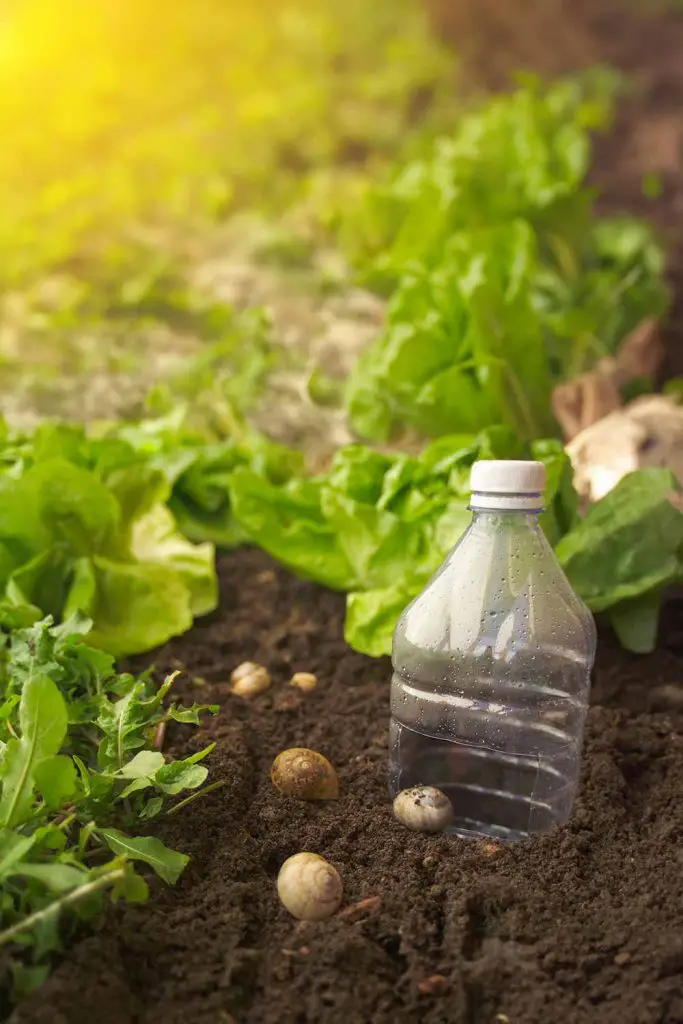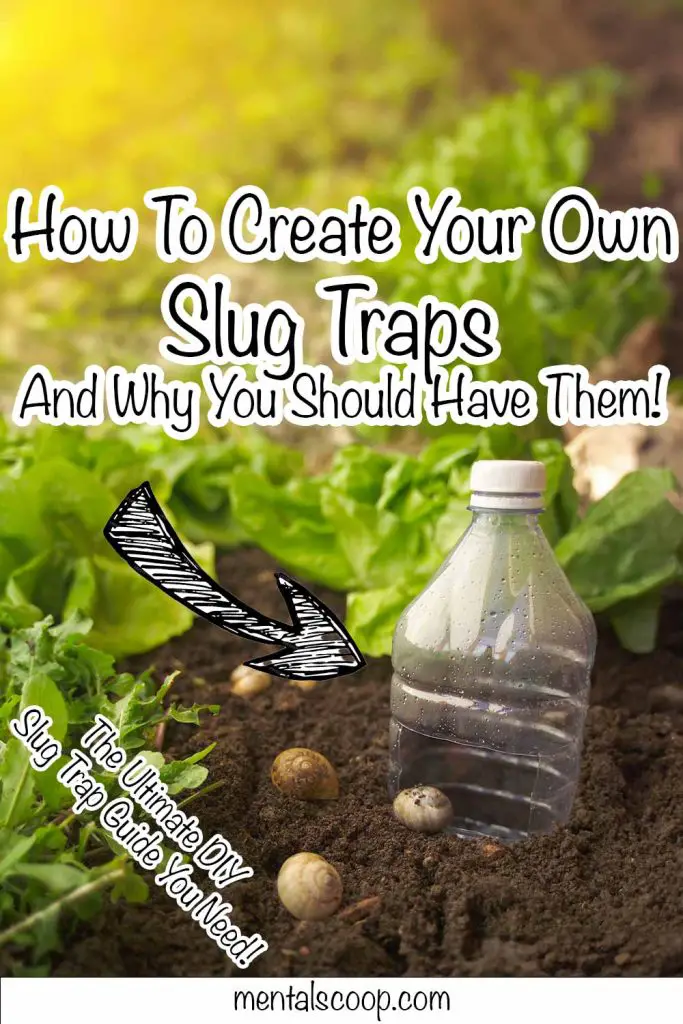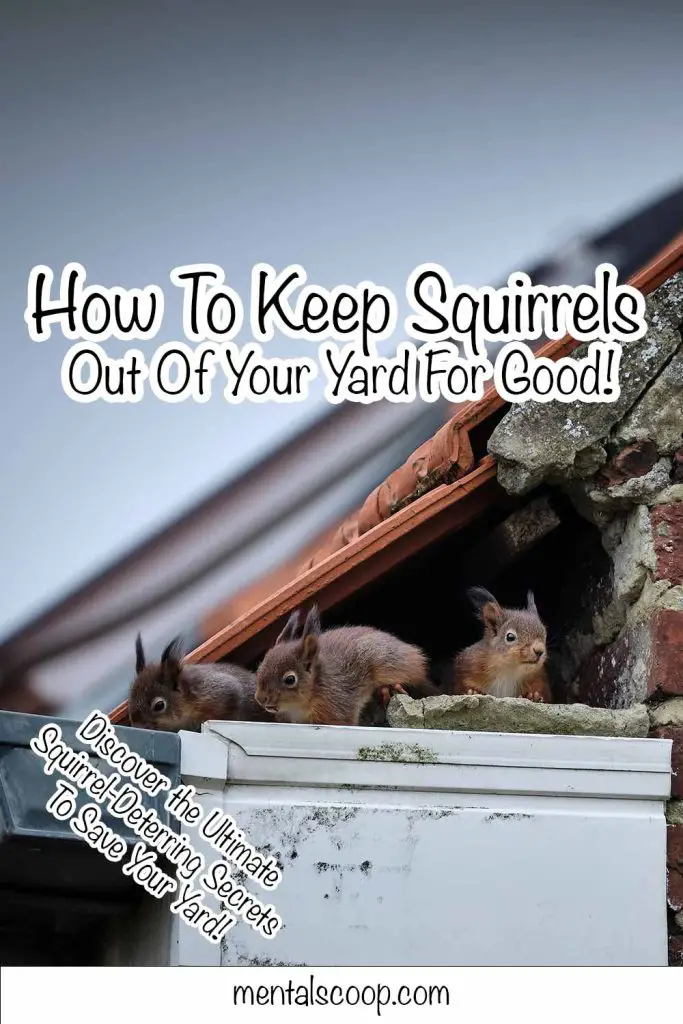How To Create Your Own Slug Traps And Why You Should Have Them!

Gardening is a delightful hobby that brings joy, relaxation, and a sense of accomplishment. However, one of the most common and frustrating problems gardeners face is dealing with slugs. These slimy creatures can wreak havoc on your plants, munching through leaves, stems, and even roots.
Fortunately, there are effective and eco-friendly ways to manage these garden pests. In this blog, we’ll explore how to create your own slug traps and why you should have them in your garden.
Understanding the Slug Problem
Slugs are nocturnal creatures that thrive in moist environments. They feed on a variety of plants, causing significant damage to your garden. Their slimy trails and the irregular holes they leave behind are telltale signs of their presence.
Understanding the slug problem is the first step in controlling it. These pests are particularly troublesome in damp, shaded areas, making it crucial to target these spots when setting traps.
The Benefits of DIY Slug Traps
Creating your own slug traps offers several advantages. Firstly, it’s cost-effective. Store-bought slug repellents and traps can be expensive, but DIY traps utilize common household items. Secondly, it’s eco-friendly.
Many commercial slug baits contain chemicals that can harm beneficial insects and contaminate soil and water. DIY traps are a safer alternative for the environment. Lastly, making your own traps allows you to control the design and placement, ensuring they are most effective for your specific garden setup.
The Classic Beer Trap
One of the most popular and effective DIY slug traps is the beer trap. Slugs are attracted to the yeast in beer, making it an irresistible bait. To create a beer trap, you’ll need a shallow container, such as a yogurt cup or a small dish.
Bury the container so the rim is level with the ground, then fill it with beer. Slugs will crawl in and drown. Check and empty the traps regularly to maintain their effectiveness.
Homemade Slug Bait
If you don’t want to use beer, there are other options for homemade slug bait. A mixture of water, sugar, and yeast can work just as well. Another effective bait is a combination of flour, sugar, and cornmeal. Place the bait in a shallow container and follow the same steps as the beer trap.
These alternatives are just as appealing to slugs and can be made with items you likely already have in your kitchen.
Copper Barriers
Copper is a natural slug repellent due to its reaction with slug slime, which creates a mild electric shock that slugs avoid. You can create copper barriers by wrapping copper tape around the rims of your pots or along the edges of garden beds.
Alternatively, create small copper rings to place around individual plants. While not a trap in the traditional sense, copper barriers are highly effective at keeping slugs away from your plants.
Eggshell and Coffee Ground Traps
Eggshells and coffee grounds are excellent materials for creating slug traps. Crushed eggshells can be sprinkled around plants to create a sharp barrier that slugs find difficult to cross. Similarly, coffee grounds not only deter slugs but also enrich the soil.
Create a ring of coffee grounds around your plants, or combine them with crushed eggshells for a double layer of protection. These materials are biodegradable and add nutrients to your garden soil.
Night Patrol and Handpicking
For a more hands-on approach, consider conducting night patrols to catch slugs in the act. Armed with a flashlight and a pair of gloves, you can pick slugs off your plants and drop them into a bucket of soapy water.
This method is time-consuming but highly effective, especially if you have a small garden. Regular patrols can significantly reduce the slug population over time.
Natural Predators
Encouraging natural predators in your garden is a sustainable way to control slug populations. Birds, frogs, toads, and certain insects, such as ground beetles, feed on slugs. Create a welcoming environment for these predators by adding birdhouses, ponds, and insect-friendly plants.
Avoid using pesticides that can harm these beneficial creatures. Over time, a healthy ecosystem will help keep slug numbers in check.
Maintenance and Prevention
Prevention is key to managing slug problems. Regular garden maintenance can reduce slug habitats and make your garden less attractive to these pests. Remove debris, such as fallen leaves and mulch, where slugs can hide.
Water your garden in the morning rather than the evening to reduce moisture levels at night when slugs are most active. Regularly inspect your plants for signs of slug damage and take action immediately to prevent infestations from getting out of hand.
Slugs may be a persistent garden pest, but with a little creativity and effort, you can manage them effectively. Creating your own slug traps is a cost-effective, eco-friendly solution that allows you to protect your plants without harming the environment.
By understanding the slug problem and using a combination of traps, barriers, and natural predators, you can enjoy a healthy, thriving garden free from slug damage. Happy gardening!

More interesting articles you may be interested in reading:

